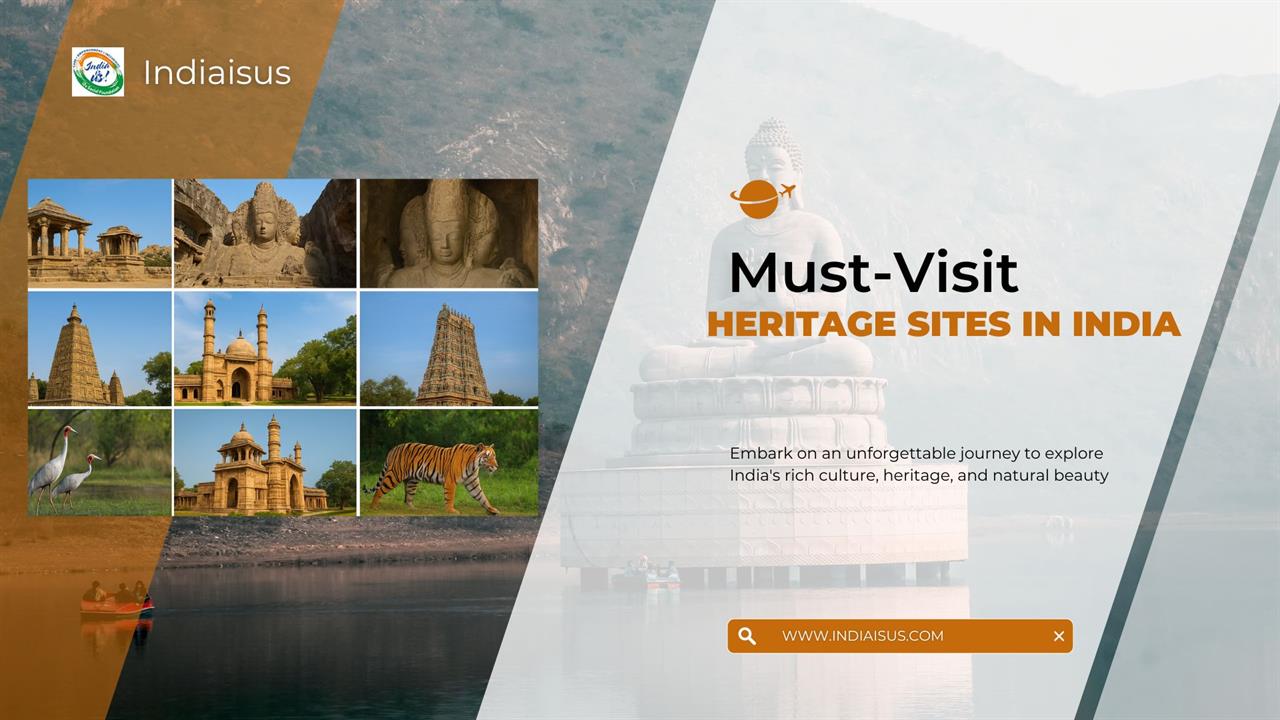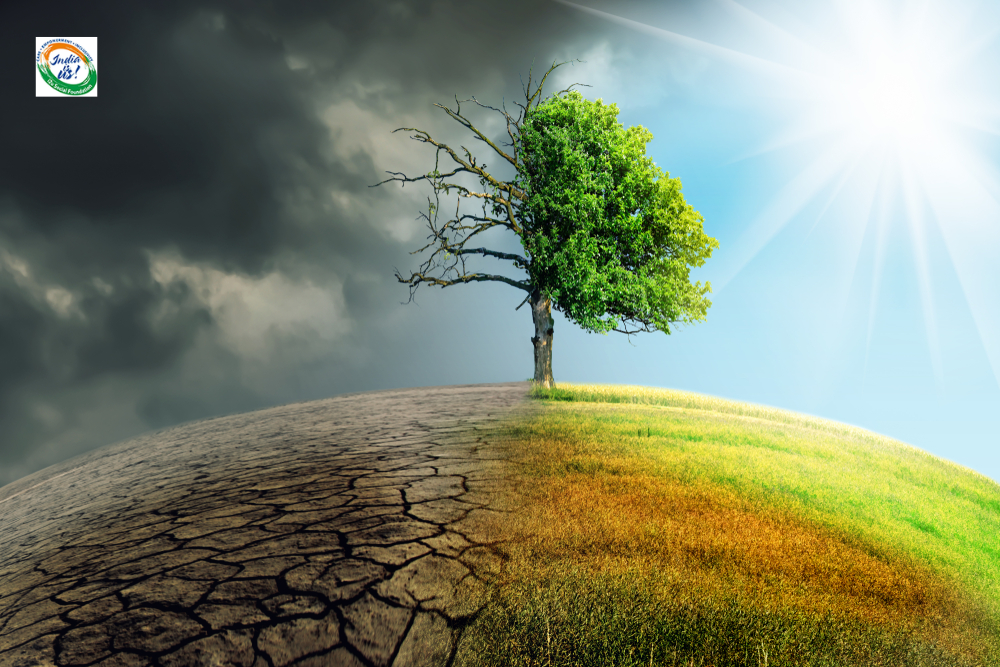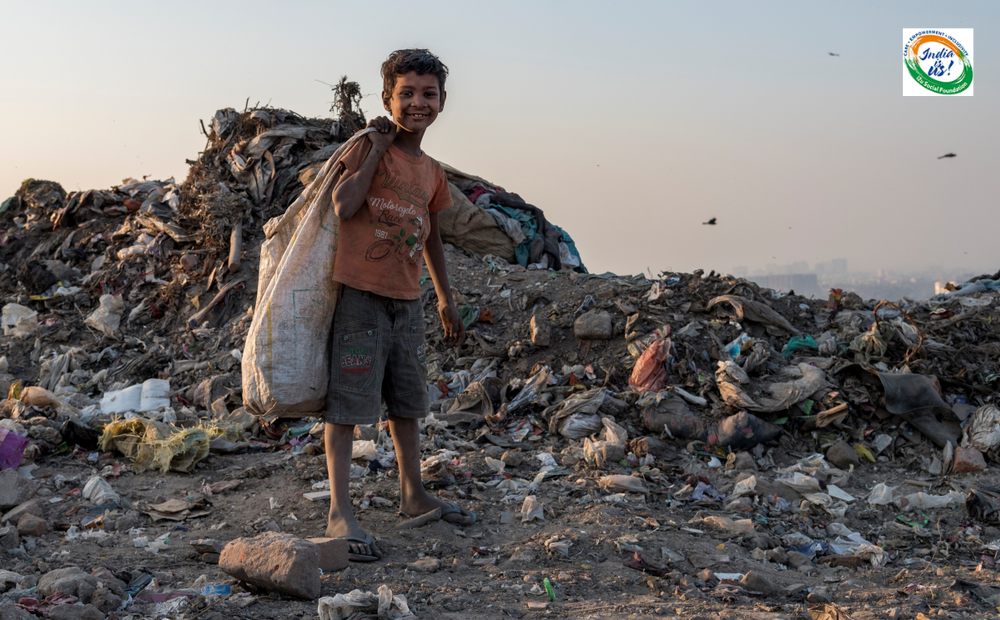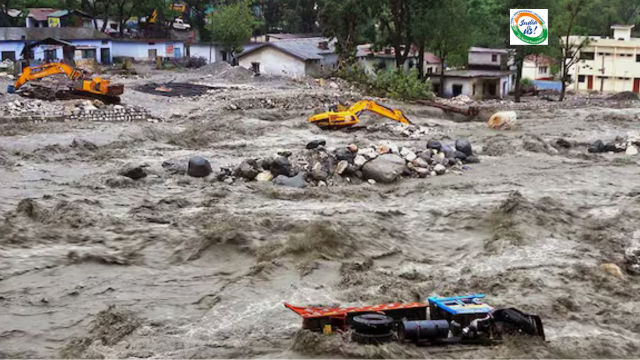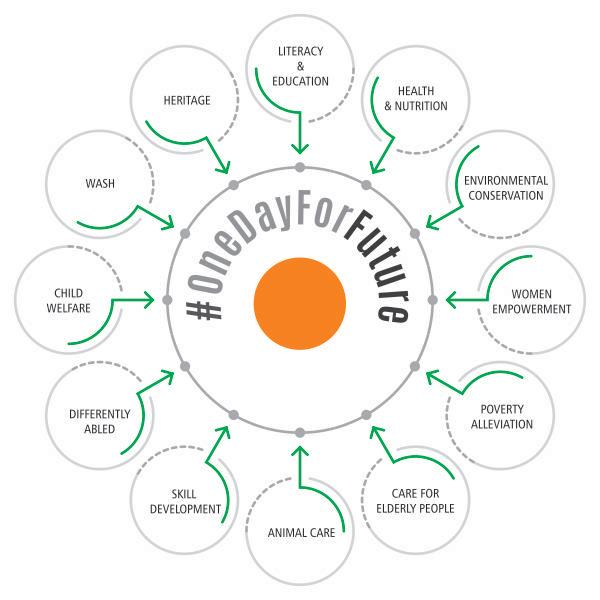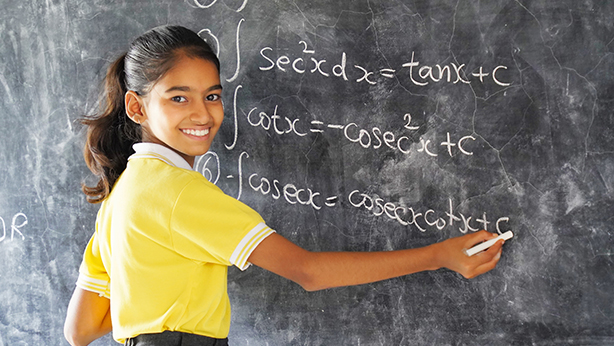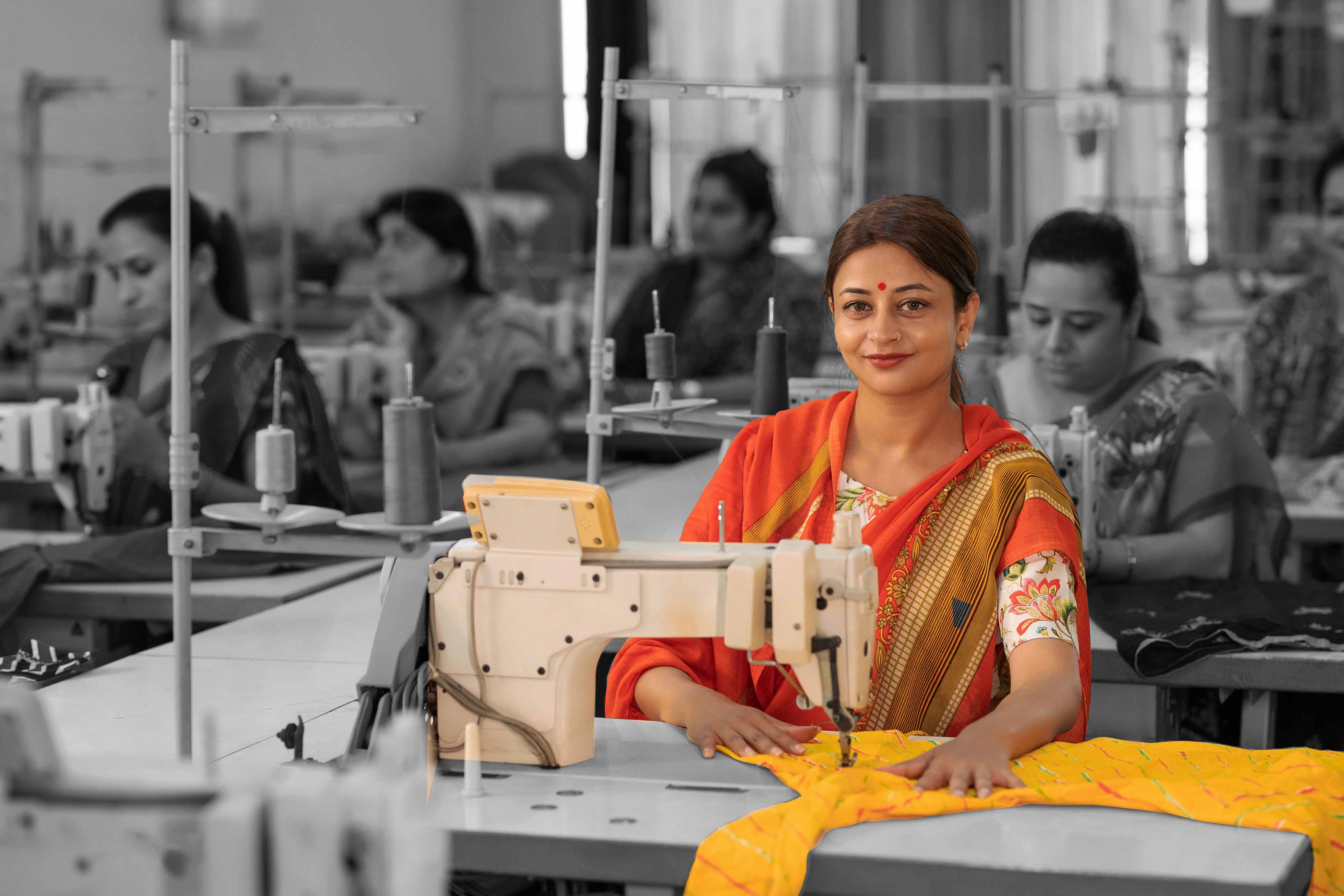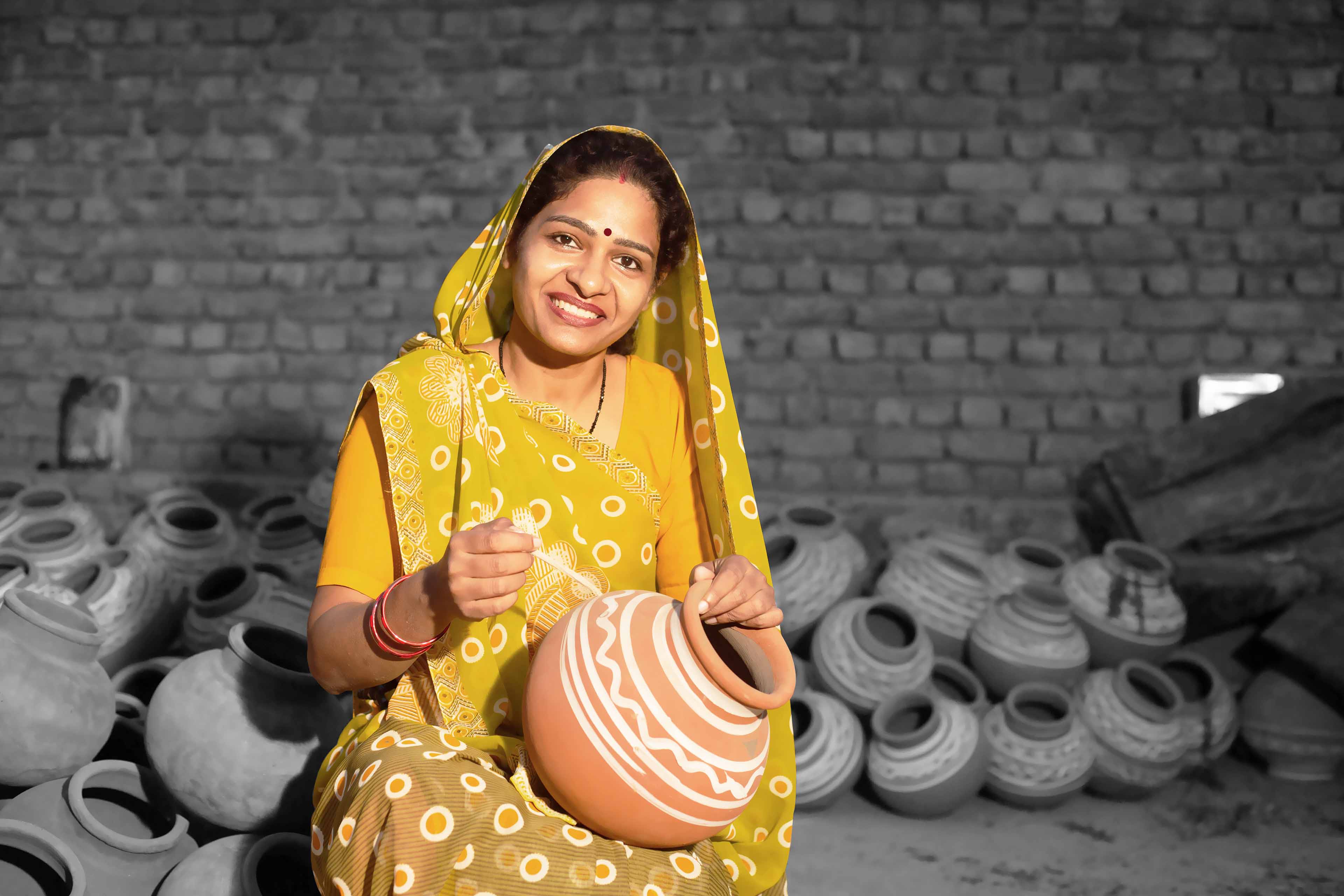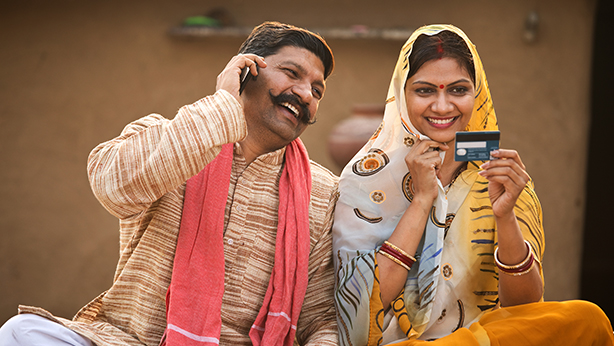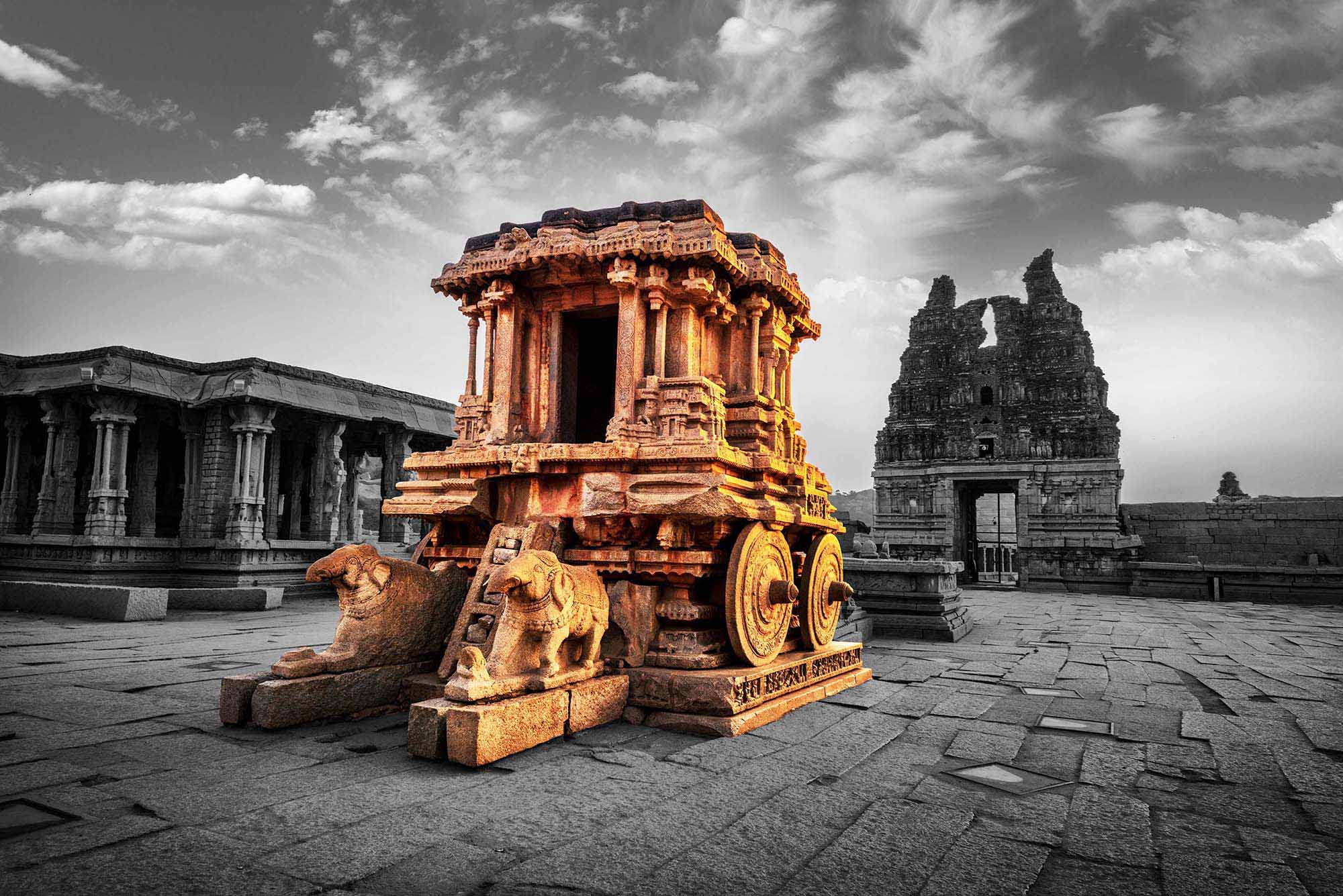Use your power to make a difference by joining our Let's Do Good initiative.
Safe Water For Drinking and Agriculture: Key to a Sustainable Future
Tuesday , 24 June 2025- 5 min. read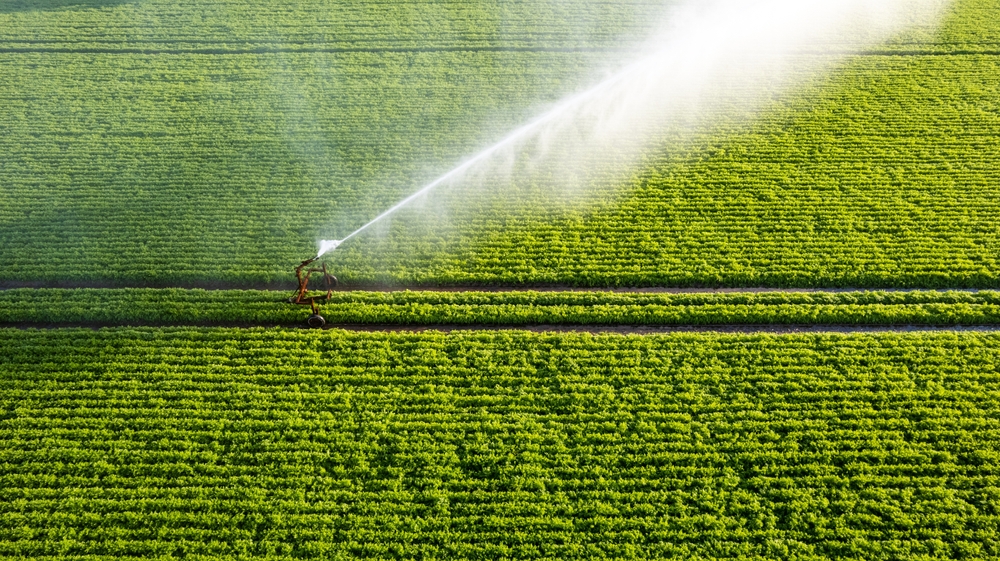
Donate for Save Water
Water is life; it is essential for us, our plants and all our ecosystems. But with climate change, pollution, population growth and mismanagement, clean drinking water and available farmland could be nothing more than a pipe dream in the 21st Century. Water scarcity and/or pollution are generally evident among the urban populace; however, rural populations not only carry the brunt of suffering from agrarian water scarcity or pollution, but they also face unsafe drinking water and an unsteady supply for irrigation.
This blog details the relationships of drinking water with agricultural water, the importance of drinking and agricultural water safety, and potential solutions to promote collective and sustainable access to water security for everyone.
The Water Crisis in Statistics
- 2 billion people worldwide lack access to safely managed drinking water.
- Agriculture utilizes roughly 70% of global freshwater, making it the world's largest water user.
- In India, over 50% of rural households are still dependent on often unregulated and contaminated groundwater sources.
- Groundwater for drinking and irrigation can be contaminated by nitrate, arsenic, fluoride, and microbiological contamination, often to similar degrees.
Drinking Water: Source to Safety
Safe drinking water is not just about availability; it is also about quality.
Common Issues:
Microbial Pollution:
Some water borne diseases (e.g., cholera, typhoid, diarrhea) are widespread in certain areas where the water goes untreated or is stored improperly.
Chemical Pollution:
Naturally occurring arsenic or fluoride, agricultural runoff and demand for irrigation with commercial pesticides/fertilizers can have long term health effects.
Infrastructure:
Even if the source is adequate, it becomes contaminated through handling, transportation and water supply when there are no proper pipes/filling systems, filtration, and storage.
The Most Vulnerable:
Women and children bear the biggest burden. In most rural settings, women provide the family's water supply; women will walk long distances and expose themselves to physical risks to provide water supplies. Children (especially those less than five) are the most vulnerable (due to factors of growth, condition of hydration, etc.). These kids are exposed to pollution and extremely contagious water borne diseases.
Agriculture & Water: A Double Impact
Agriculture not only depends on water; it also impacts the quality of water.
Irrigation Problems:
Groundwater Overextraction:
We have several regions in India that overextract groundwater for agricultural purposes, resulting in aquifer collapse and water table decline.
Fertilizer and pesticide pollution:
Pollution from fertilizers and pesticides can contaminate groundwater, lakes, and rivers has potential harmful cycling effects on plants and community health.
Salinity and soil degradation:
Improper irrigation patterns can create salinity and disintegration of soil, consequently decreasing crop production.
An invisible feedback loop:
Dirty water that is used for irrigation can move into the food chain through crops and vegetables. This not only affects drinking water supplies but also food safety. Thus, unsafe water used for agriculture becomes a hidden threat to our health.
Safe water is a human right, but also a systems issue
Safe water is not simply a technical or an infrastructure problem; it is also a governance, equity, and community issue.
Policy gaps:
Although there are bold government schemes (such as India’s Jal Jeevan Mission), most implementation fails because of a lack of monitoring and compliance, limited local capacity, and infrastructure bottlenecks.
Climate crisis:
Droughts, floods and climate uncertainty increase the stress on an already vulnerable water system. This unpredictability shapes availability and also irrigation viability.
Intersection with Sanitary Hygiene:
Any water safety intervention cannot be separated from sanitation and hygiene practices (WASH). Open defecation, untreated human sewage and inadequate waste disposal will, at some point, contaminate a water source and enter a cycle of pollution and disease.
The Role of Non-Governmental Organizations: Addressing Barriers, Building Trust
As an important part of civil society, as a frontline actor, NGOs are ideal for addressing water safety challenges at the community level and are there to do more than build infrastructure; they can:
1. Community Engagement:
Communities can learn safe water practices, from boiling and storage to handwashing. This can greatly reduce communities' health risks promptly.
2. Water Testing and Monitoring:
To help communities have low cost and simple testing kits, and they will routinely test their water quality and hold suppliers accountable.
3. Rainwater Harvesting and Recharge Systems:
Help install systems that help reduce the dependence on bore wells and provide dry season sources of water.
4. Integrated Water Resource Management (IWRM):
Provide Communities IWRM competency and help them use available water safely for drinking and agriculture, integrating traditional knowledge and scientific practice.
5. Empowerment of Women and Youth:
Promote the leadership of women, as they are affected by the burden of gathering water, sustainability planning should include their voice in water governance. Engaging youth promotes innovation, as they establish long-term, sustainable solutions for passive or active water resource management.
For a Safer, Water-Secure Future
Water for drinking and agriculture is not just a development goal—it is central to public health, food security, gender equality, and climate adaptation.
Here is what we require:
- Improved policies based on equity and decentralization.
- Investment in green infrastructure, such as wetlands and natural water filtration.
- A shift in mindset from thinking sectorally to cross-sectorally with governments, NGOs, the private sector and the community.
Recognition of water as a responsibility, not a commodity.
There's nothing infinite about water, but there is something infinite about its worth. With sustainable management, we can assure its availability for generations. With negligent management, our communities can suffer irreparable damage.
It is essential to understand that drinking water and agricultural water are not a privilege; it is a public good. With innovation, awareness, and action, we can create a world where every drop counts, every harvest grows, and everyone drinks without worry.
Let us turn water safety from an ambition to a movement.

